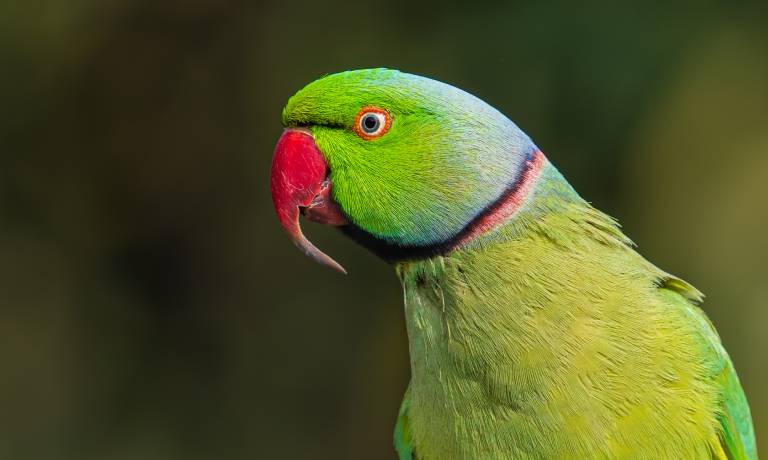
Has your pet bird’s beak been going through a growth spurt? Whether you have a parakeet, a cockatiel, or a macaw, it’s normal for a bird’s beak to grow throughout its life. That said, a beak can grow to the point where it’s too long and can cause problems for your feathered friend, like an inability to eat or groom properly.
But how do you know how long is too long? And what can you do to trim down a too-long beak? Here’s what you should know about your pet bird’s beak and how to maintain it.
Why Do Birds’ Beaks Grow?
Birds’ beaks are made of keratin, the same protein found in human nails and hair. Just like our nails continue to grow throughout our lives, birds’ beaks also continue to grow! This is a natural process that keeps the beak strong and sharp for eating and grooming.
But here’s where the issue arises. In the wild, birds use their beaks for tasks like cracking nuts, catching insects, and building nests. These activities naturally wear down their beaks over time. In captivity, birds don’t have access to the same variety of hard foods that help keep their beaks trimmed. This lack of natural wear can cause the beak to grow too long.
Signs of a Too-Long Beak
So, how do you know if your pet bird’s beak is getting too long? Here are some signs to look out for:
- Difficulty eating or dropping food while trying to eat
- Inability to properly groom feathers or preen themselves
- Difficulty climbing or balancing
- Overgrown bottom part of the beak (the mandible)
If you notice any of these signs, your bird’s beak may be too long and in need of a trim.
What To Do if Your Bird’s Beak Gets Too Long
Your bird’s beak is too long—what do you do? In this situation, it’s important that you step in and help them with their grooming! Start by taking your bird to visit the vet. While a beak can grow too long naturally due to a lack of wear and tear, a too-long beak could also be a sign of an underlying health issue. Liver issues, for example, commonly cause beak overgrowth. A vet can check for any potential health issues and advise on the best course of action for your bird.
If your vet gives your bird a clean bill of health, you can begin to address the overgrown beak. The best way to do this is by providing textured and hard foods for your bird to eat. This could include fresh fruits and vegetables and nuts in their shells. You can also offer your bird safe items to chew on, like untreated wood or calcium blocks. These can help them wear down their mandible.
For particularly overgrown beaks, your vet may recommend a beak trim. Unless you’re a highly trained professional, you should never attempt to trim your bird’s beak yourself. A bird’s beak contains blood vessels and nerves that, if cut, can cause excessive bleeding and pain for your bird. Leave it to the experts.
An overgrown beak can be an issue, but thankfully, it’s usually easy to fix. If your bird’s beak is too long, a visit to the vet can help. They can trim the beak and address any underlying conditions with medication if needed. From there, you can provide your bird with hard foods and toys at home to prevent their beak from growing too long again.





